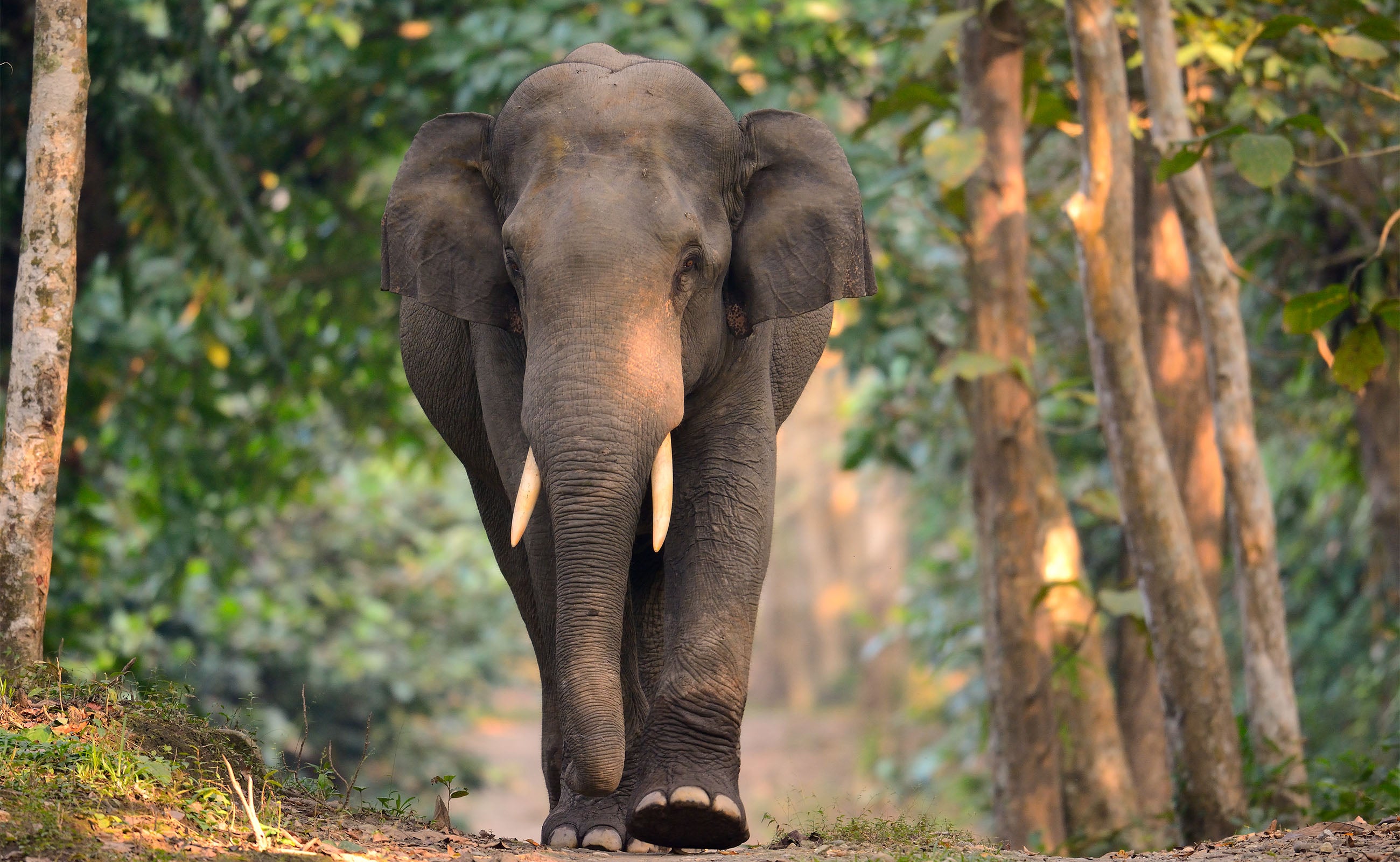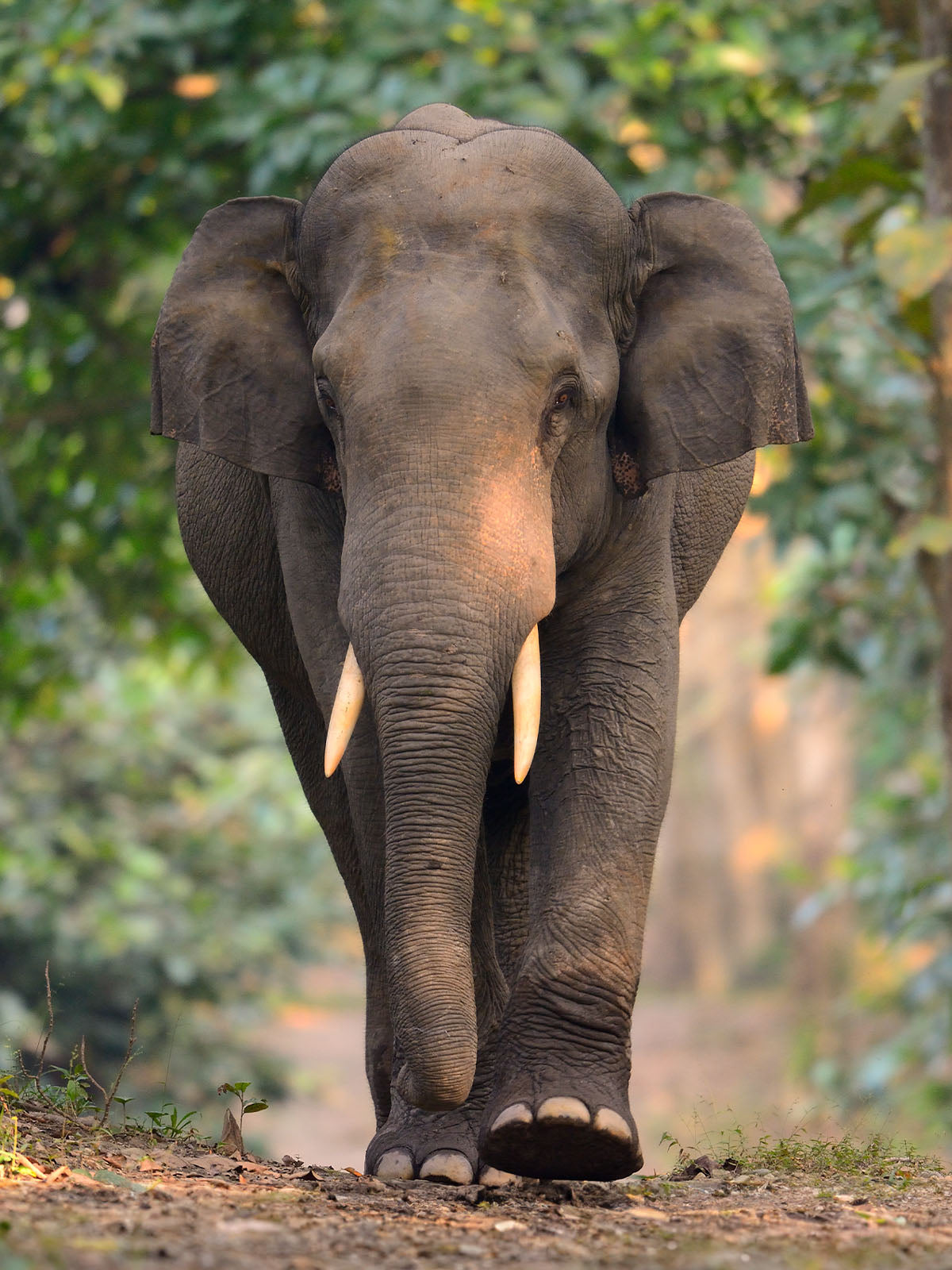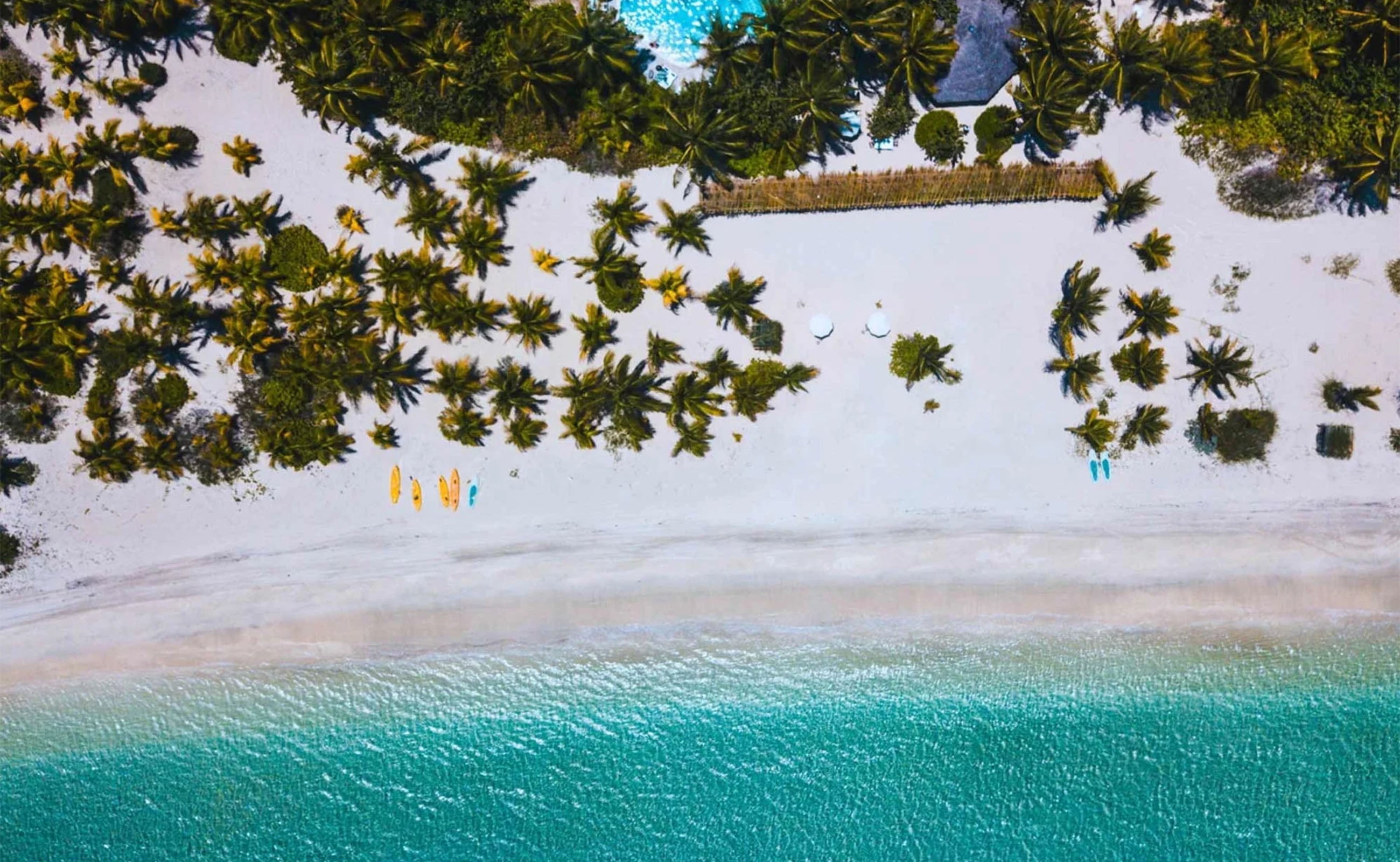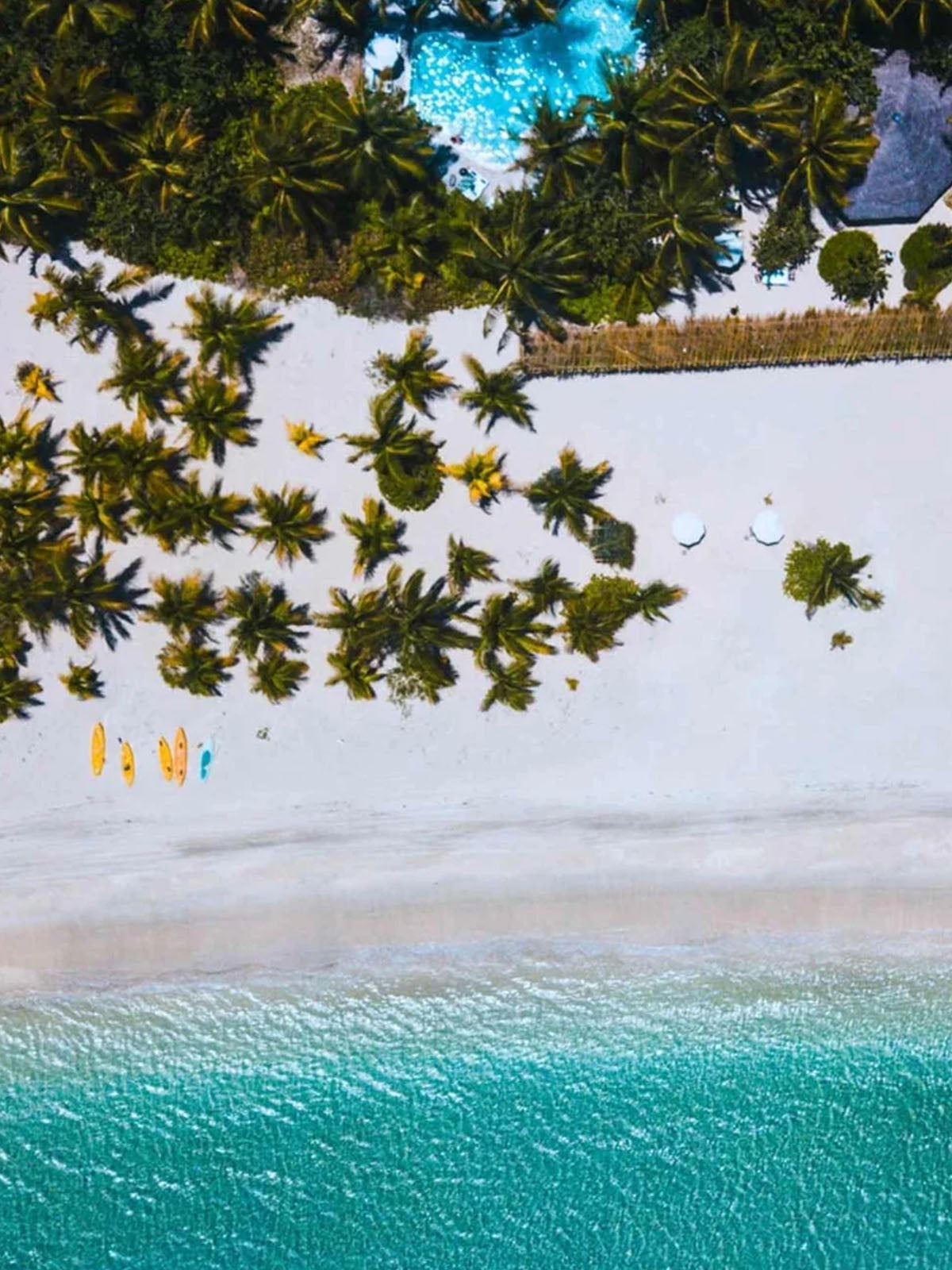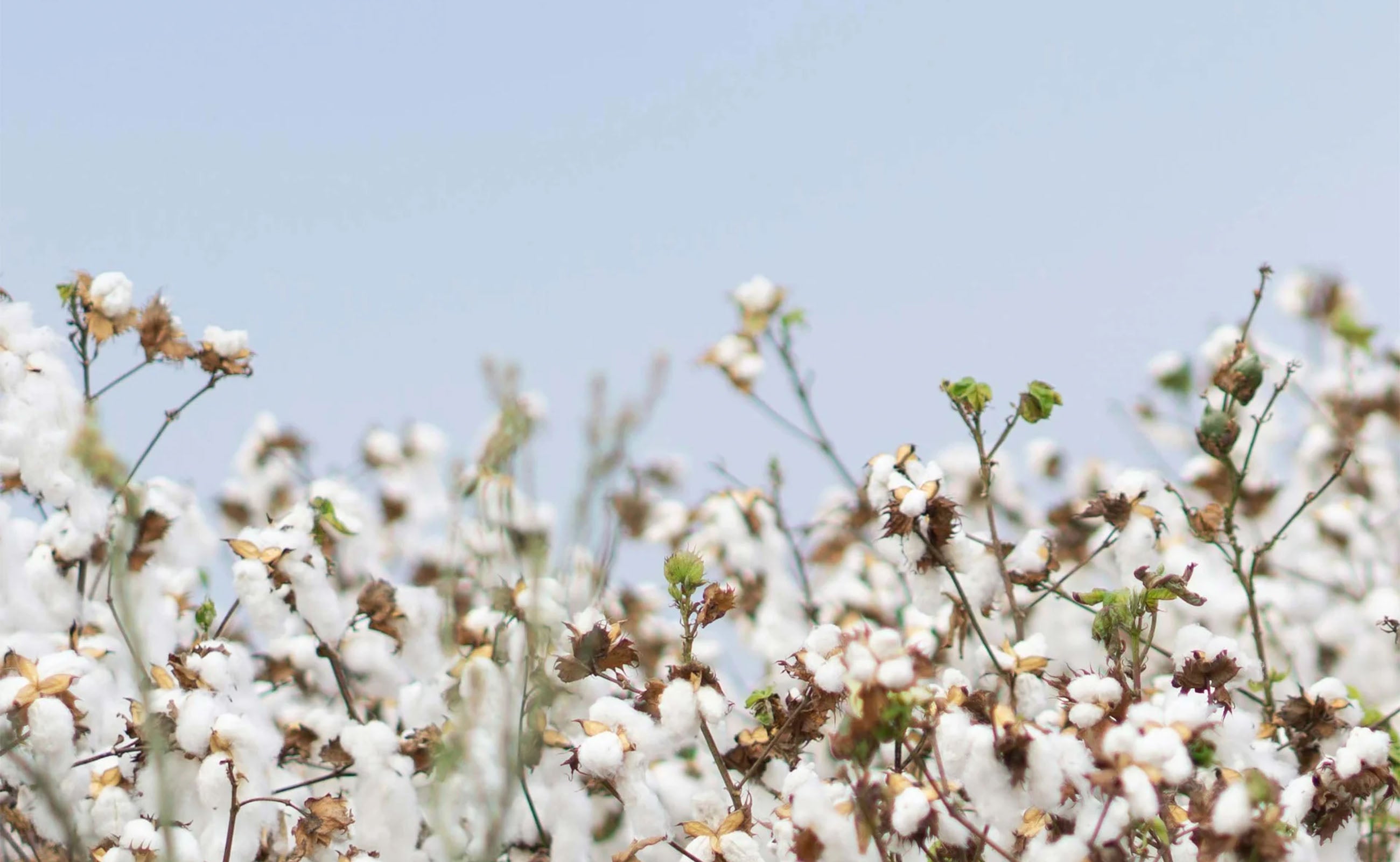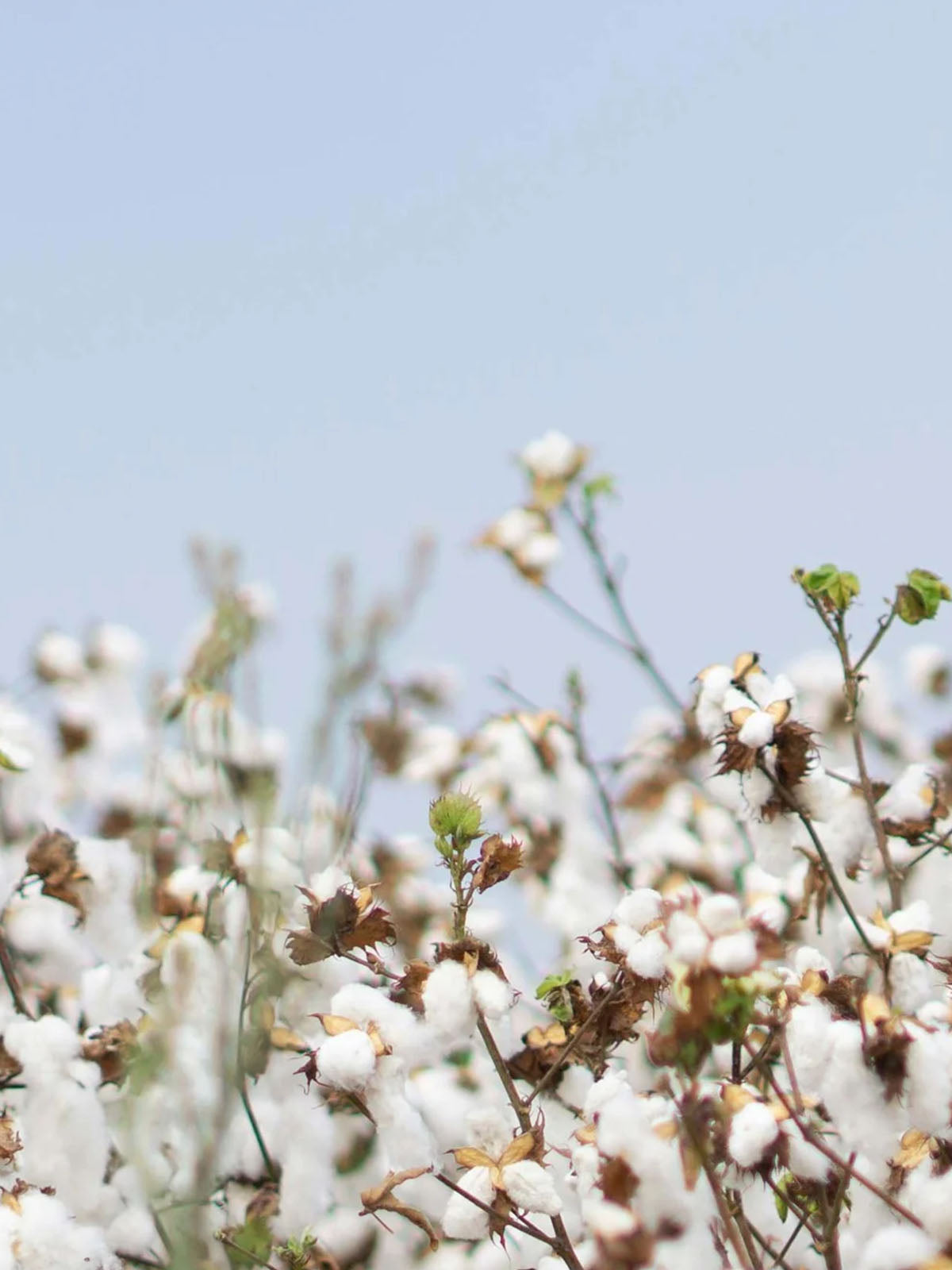The Great Elephant Migration | Creating The Elephants

Recent articles

The Big Egg Hunt 2025
This spring, Elephant Family are bringing a little magic to London with The Big Egg...

The Great Elephant Migration | Texas Takeover
The Great Elephant Migration has arrived at Hermann Park Conservancy, Texas!

The Great Elephant Migration | The Story So Far
We’re celebrating the herd’s profound impact in Newport, New York, and Miami, and the ripples...
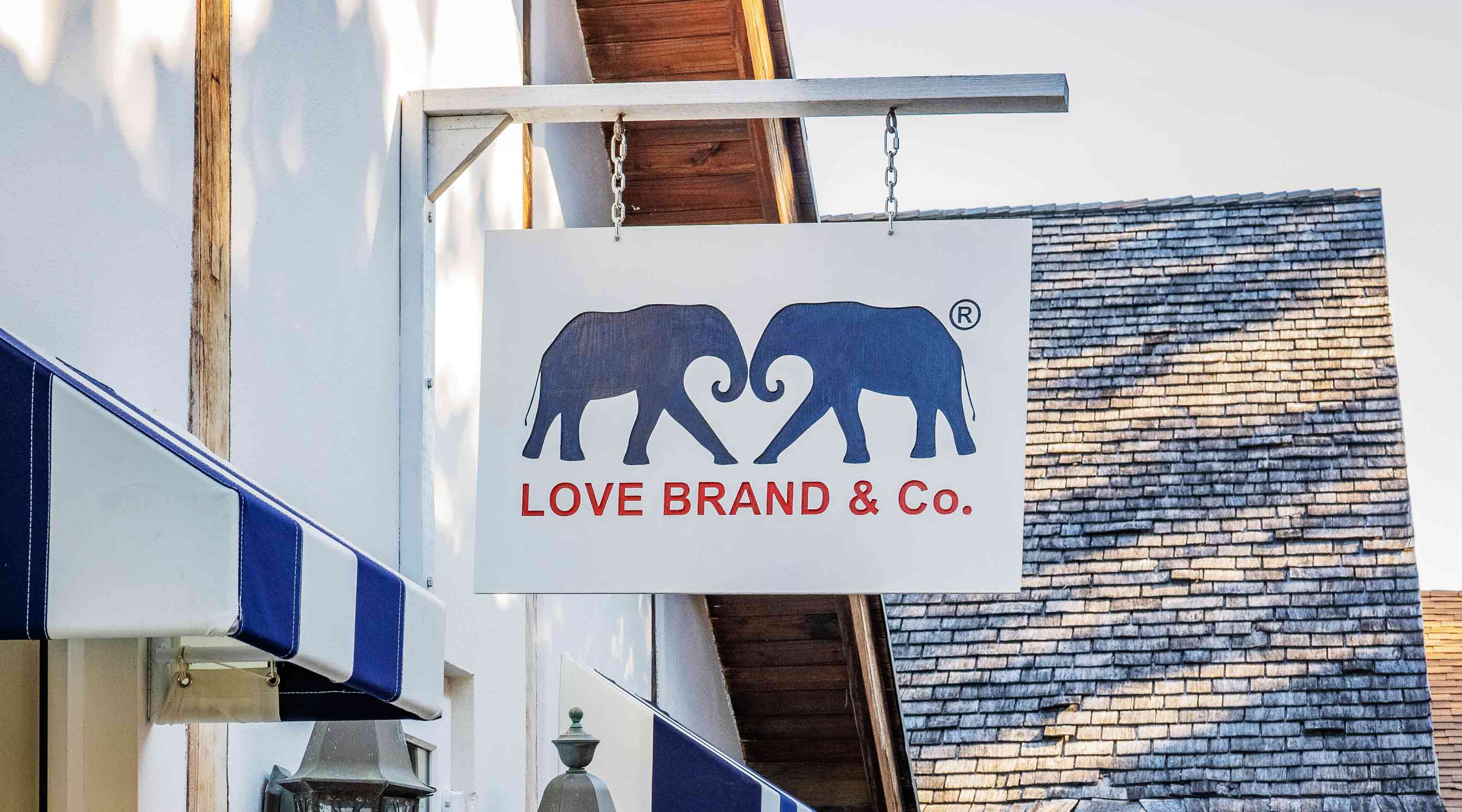
LOVE BRAND & Co. Opens Flagship Beach House Store in The Bahamas
It’s official—our very first flagship store has opened its doors in the breathtaking Bahamas!
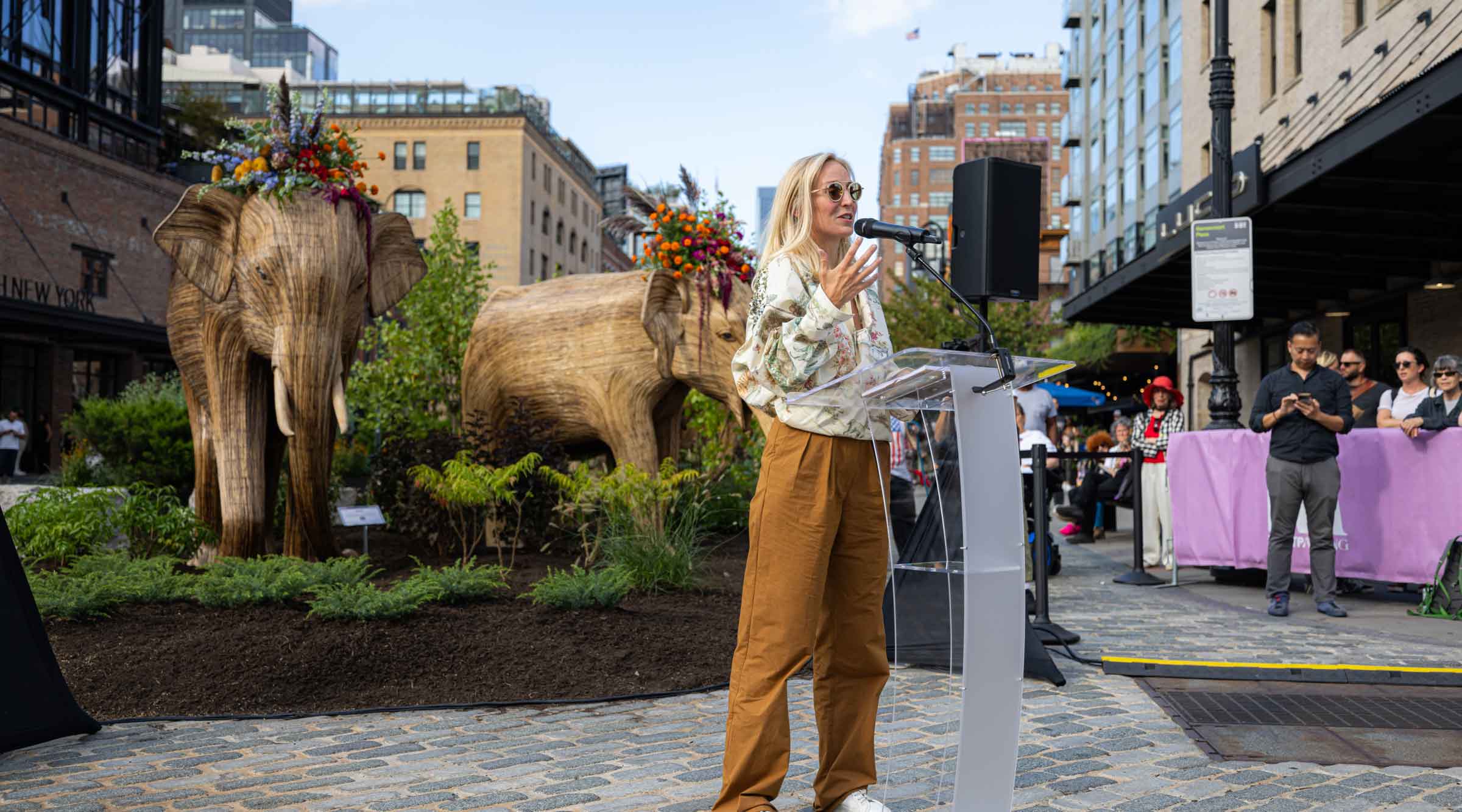
The Great Elephant Migration: An Interview with Creator Ruth Ganesh
The G.E.M. is making waves across the US. We sat down with creator Ruth Ganesh...

Protecting Paradise Chapter 2: On the Frontlines of Conservation
Taru and Roan Carr Hartley's tales of animal friendships, unexpected encounters and conservation continue.


